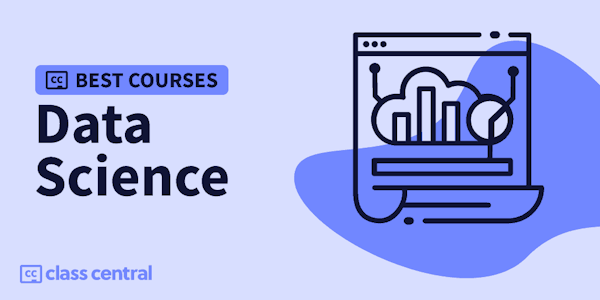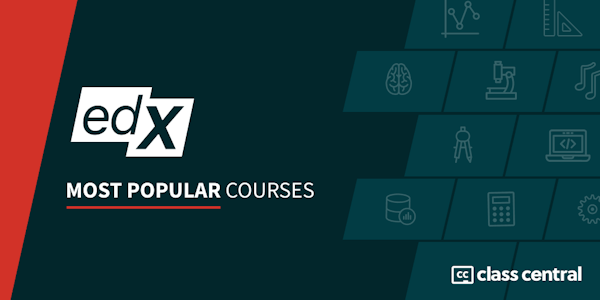The Georgia Tech Online Master of Science in Analytics (OMS Analytics) is a multidisciplinary degree in collaboration with Georgia Tech’s College of Engineering, College of Computing, and Scheller College of Business.
The top 10-ranked master’s program challenges students with the same curriculum and rigor as its on-campus Analytics counterpart, all with tuition for under $10,000 USD.
This fully online program enables students to take a deep dive into analytics and choose from 3 specialized tracks.
- Analytical Tools
- Business Analytics
- Computation Data Analytics
Designed for your schedule, this online master’s program is for students seeking greater flexibility and can be completed part-time in two to three years.
OMS Analytics equips you with the insight and multidisciplinary skills needed to succeed in today’s analytics world while offering you the prestige, affordability, flexibility you want in a master’s degree.
Gain a credential that commands attention with the Georgia Tech Online Master of Science in Analytics.



